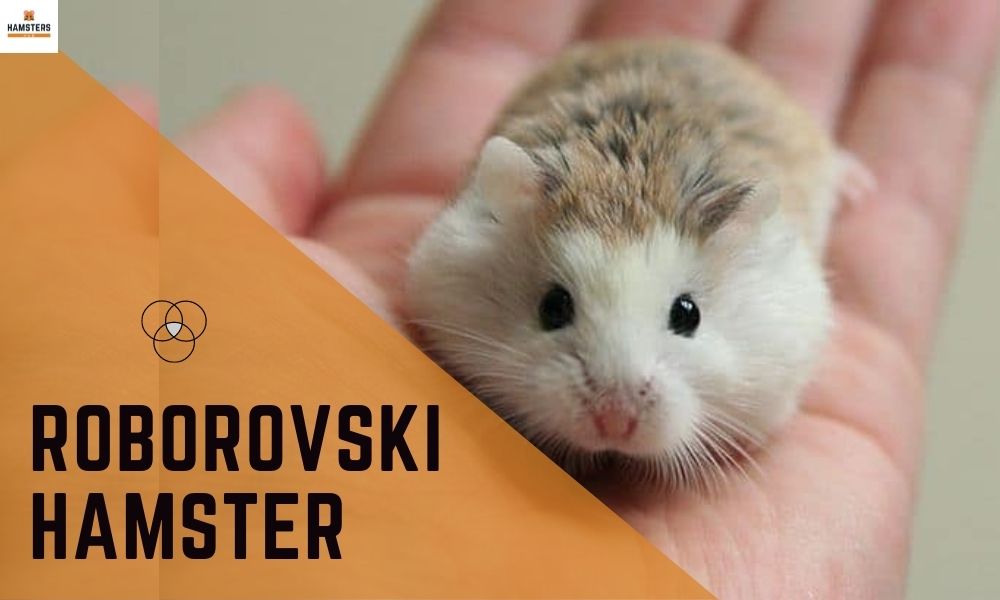The Roborovski hamster has its origins in Asia mainly since we can find it in China, Kazakhstan and even in Russia. It is the smallest of the hamster species and they have a special personality as well as a special need for care as well.
Physical Appearance
As we have already mentioned before, this hamster is tiny, measuring only 5 centimetres and weighing a maximum of 20 grams. They are brown on the back and white on the belly. We highlight its white spots above the eyes, which give it an awake and sweet touch.
It moves fast and quickly escapes from the grasper.
Behavior
The roborovski hamster has an independent, nervous and sometimes cranky character, as it is a nocturnal animal that will not react well if we wake it up. The surface will also depend on his personality as there are roborovski, who is playful and friendly.
If you are looking for a specimen to play with and enjoy having it in your hands, we recommend making sure that it is an excellent specimen before taking it home. Spend time at the time of adoption.
Feeding for Hamster Roborovski
The diet should be based on tiny seeds, thus adapting to its small body, do not choose any commercial feed. Read the container well because it should ideally contain: red millet, peeled oats, white millet, sunflower seeds, corn, birdseed, flax, whole wheat, peas, niger, rapeseed, sorghum, vetches, yeros, barley, safflower, hives, Kajang and churas.
Like other hamsters, it should receive its doses of fruit and vegetables, although the roborovski can consume it practically every day. Offer vegetables like spinach, chard, arugula, endive, cabbage, carrot, or lettuce. Fruit is also essential; give it a try kiwi, pear, apple, banana, grapefruit or pear. The pieces should always be tiny.
This type of hamster is omnivorous, which means that it should receive plant food and complete its diet to get adequate protein. Give him unsalted cheese, egg yolk, turkey, and even baby pasta for insectivorous birds.
Habitat
Find a suitable habitat for your little roborovski. The best option is a terrarium or a classic cage with metal bars small enough to prevent it from escaping. Remember that it is very clever and elastic.
You use rodent litter at the bottom of your home, no matter what type it is exactly.
Add feeders and a drinker (rabbit are the most appropriate) that you will always keep clean and disinfected. You mustn’t leave food that can rot within reach.
You should also know that it is a particularly active hamster because, in the wild, it can travel several kilometres a day. Get a wheel and even a circuit for your new pet to enjoy. Finally, we will add a nest or house with hay to feel comfortable and warm.
Diseases
Our little friend can suffer from a disease such as paralysis of the hind legs, usually due to a fall from heights. Keep it at rest and if it does not improve, go to the vet.
You can also suffer from pneumonia if you are located in a place where there is a draft or a sudden change in temperatures. Avoid these problems by placing it in an area with a constant temperature; in principle, pneumonia should remit if we put it in a more favourable environment in a few days.
Finally, we will talk about the occlusion of the cheeks that can happen if it cannot expel certain types of food and take it to the vet as soon as possible.

